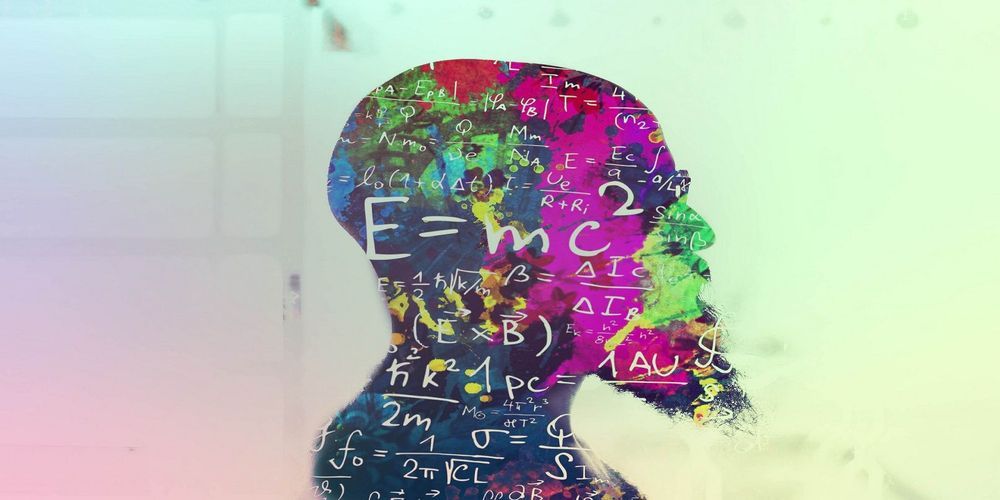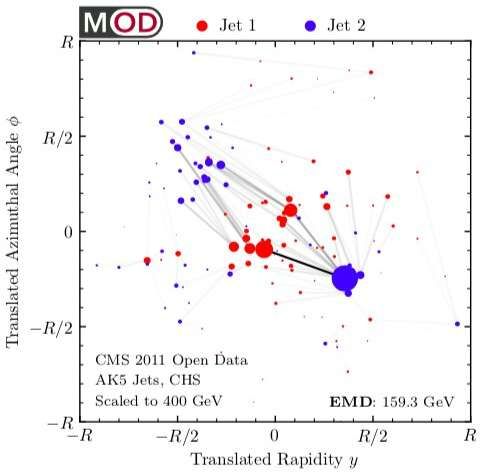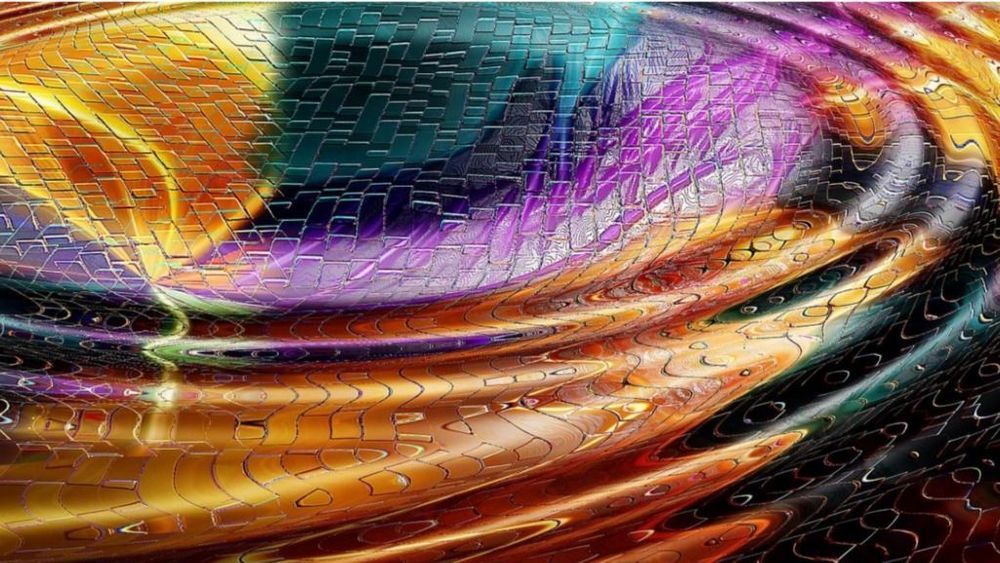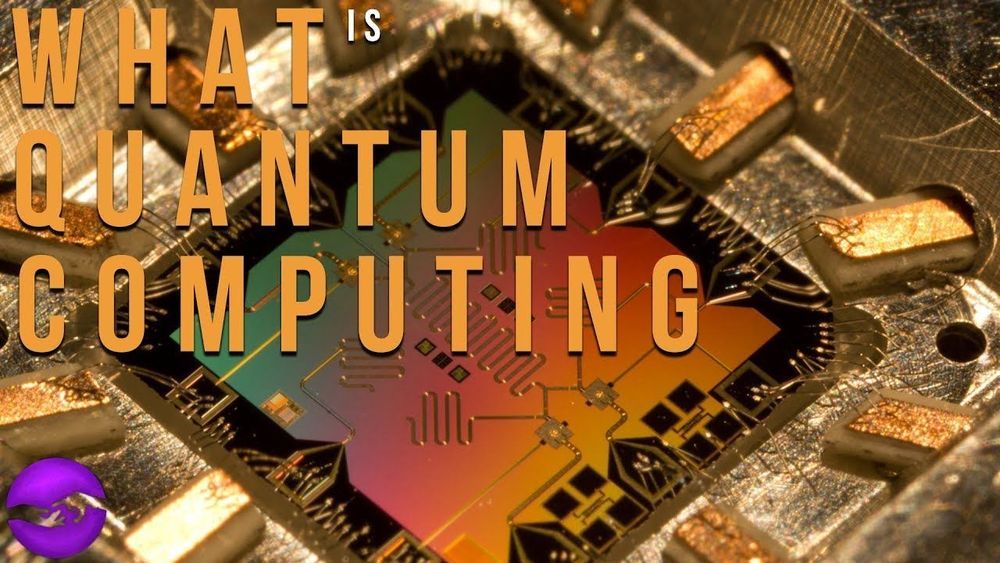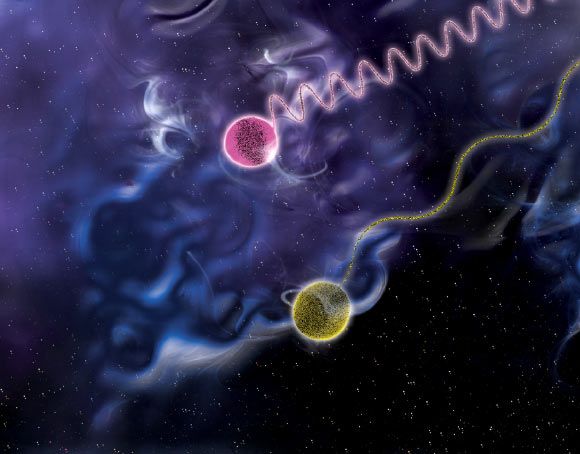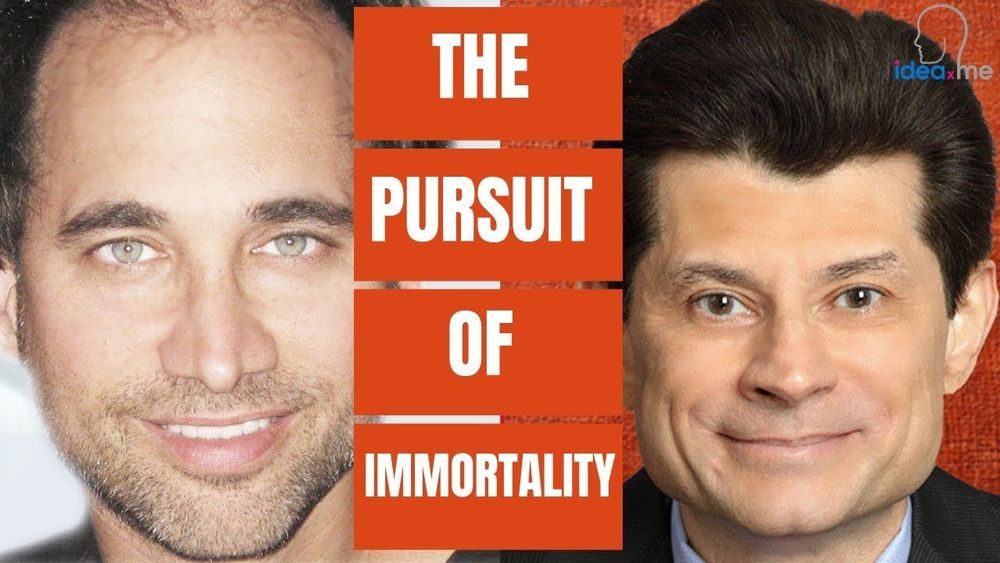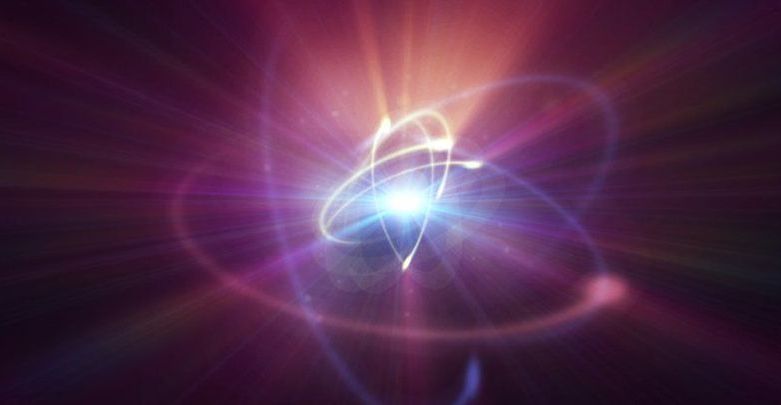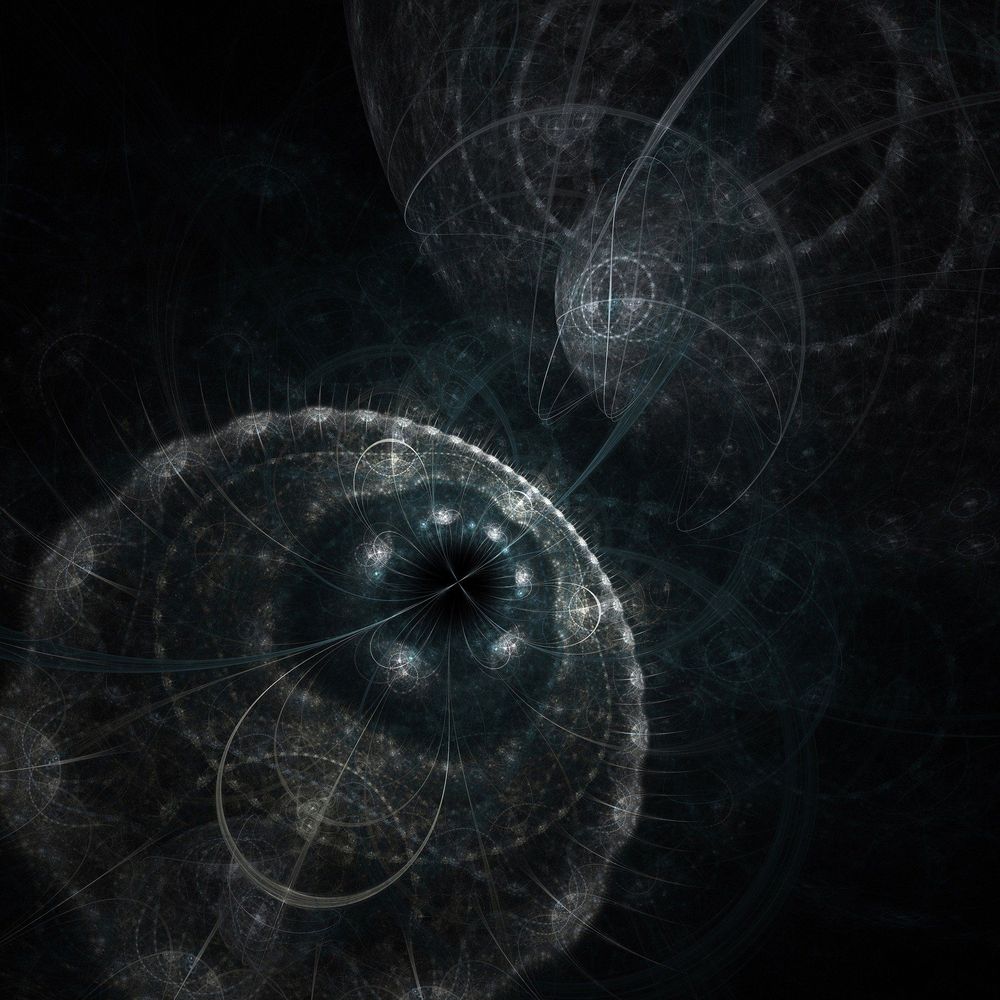Aug 11, 2019
Forget qubits: Quantum physicists successfully teleported ‘qutrits’ in breakthrough experiments
Posted by Paul Battista in categories: computing, particle physics, quantum physics
Two independent research teams recently published studies indicating they’ve successfully teleported a qutrit — possibly within days of each other. Now, both await the scientific process of peer review to see which will ultimately get credit for being the first humans to do so.
But what’s a qutrit? It’s a lot like a qubit, an entangled pair of particles used to carry information in a quantum computing system. Qubits are analogous to bits, the binary units of information used by classical computers like the one you’re reading this on. Where bits can be represented by the numbers zero and one, qubits can be zero, one, or both at the same time. Trits, used in classical ternary systems, add a two into the mix. And qutrits are the quantum version of trits, capable of carrying more information than their qubit counterparts.
